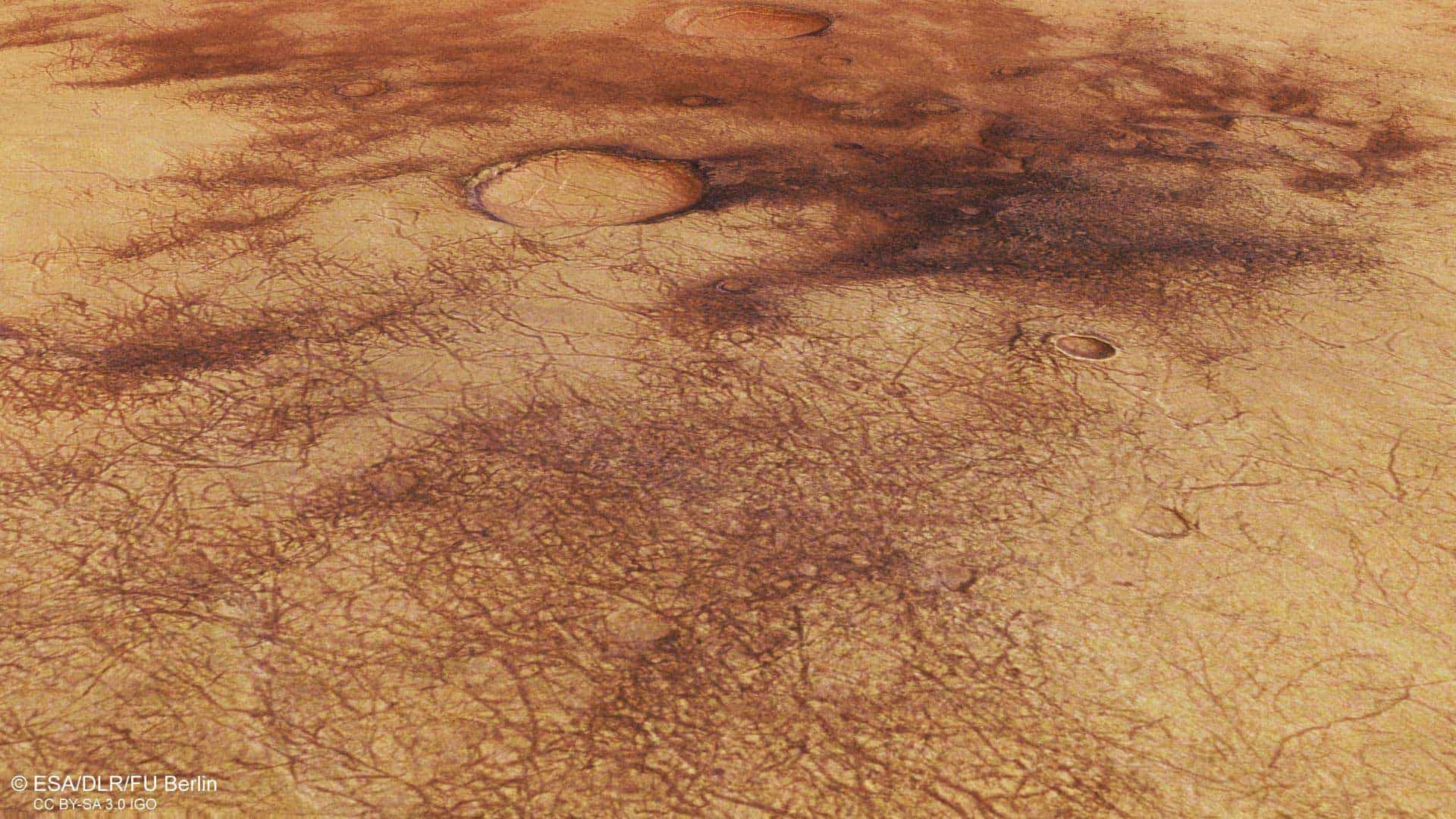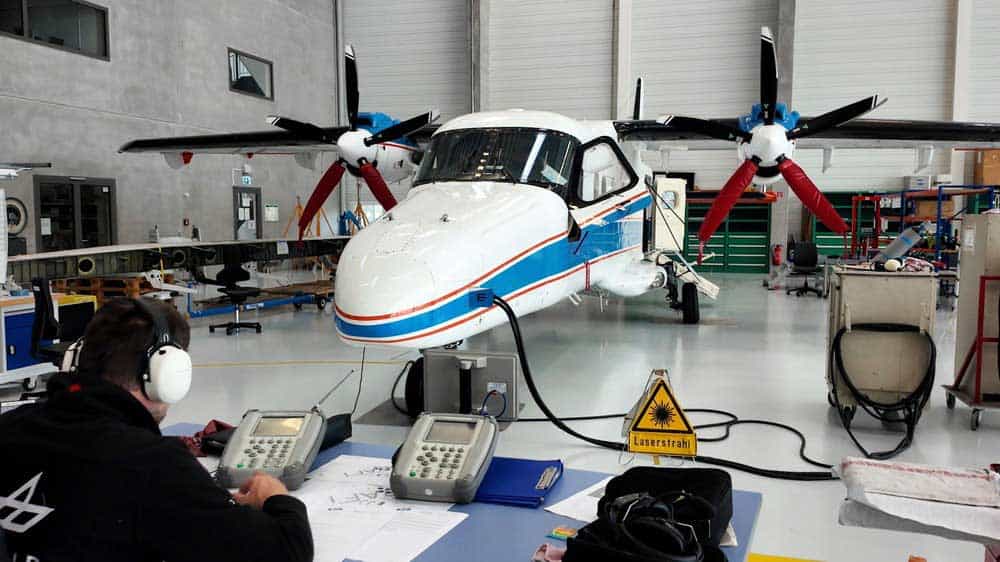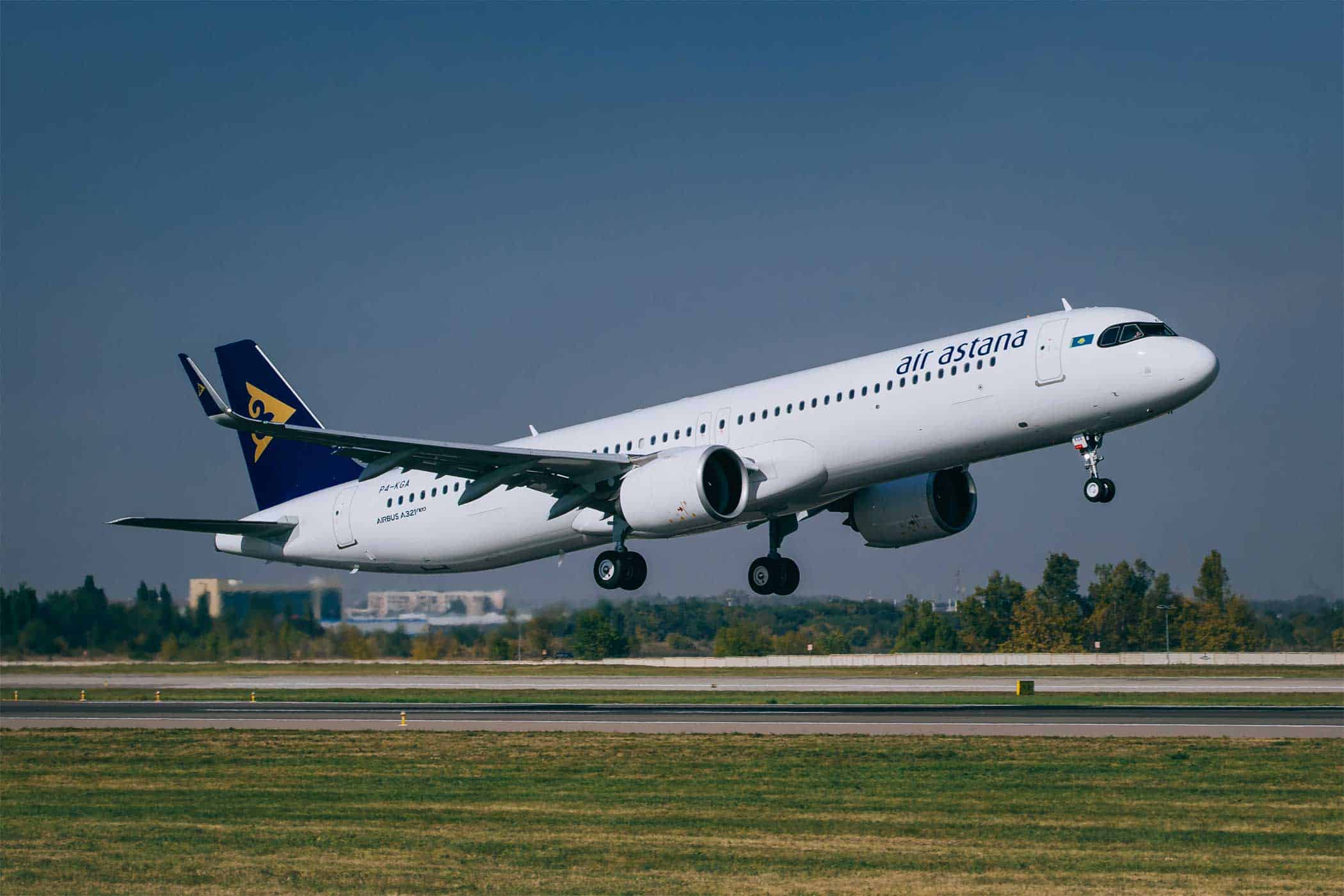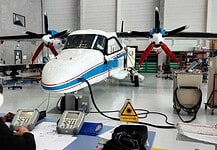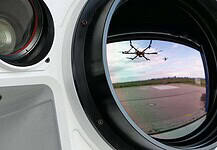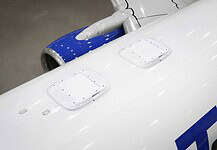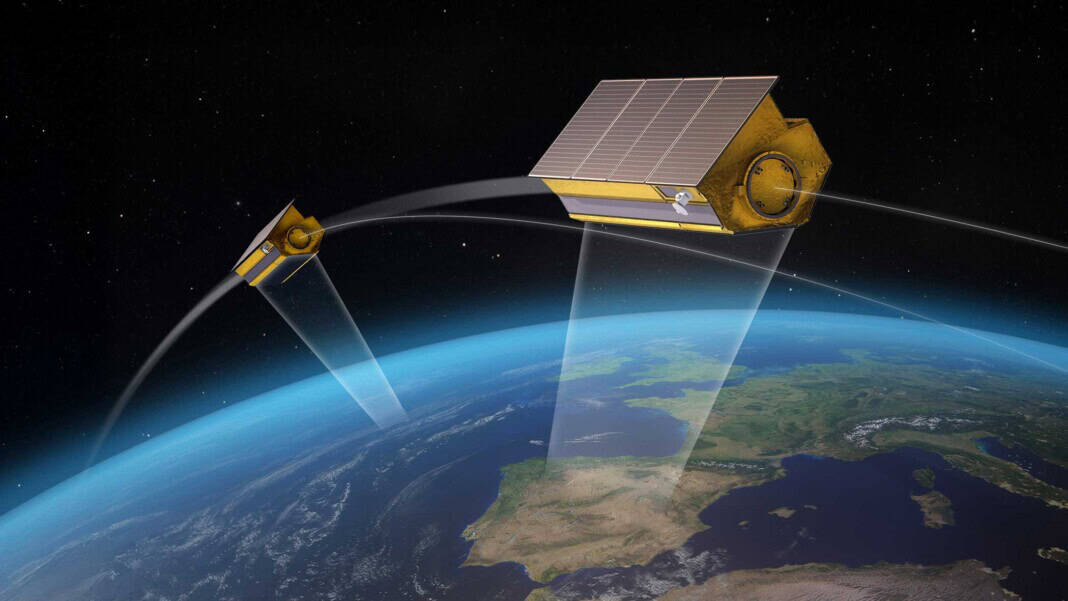
This site is also available on:
Deutsch
Airbus ensures the future of Earth observation for Spain with PAZ-2 satellites
Airbus Defence and Space has been selected as prime contractor for the development and manufacture of two new PAZ-2 radar satellites. This state-of-the-art satellite project ensures the continuity of the current PAZ satellite, which has been in operation since 2018, and marks a significant milestone for the Spanish space industry. Approximately 65% of the satellite content will be produced by Spanish industry, with Airbus taking the lead.
The two PAZ-2 satellites are among the most advanced of their kind in the world. They are more powerful than their predecessors and significantly improve image quality and resolution to better than 25 centimeters. Additionally, the daily coverage per satellite increases to approximately 6.7 million square kilometers, as they orbit the planet 16 times a day. These technical improvements significantly strengthen the reconnaissance and surveillance capabilities of the Spanish Armed Forces. They also open up versatile civilian applications, including infrastructure monitoring, risk management, border control, and disaster assessment. The use of radar imaging allows for 24-hour imagery, regardless of weather conditions.
Strengthening technological sovereignty
Alain Fauré, Head of Airbus Space Systems, emphasizes: “In the current geopolitical context, with the PAZ-2 satellites, Airbus reaffirms its commitment to strengthening technological sovereignty in the security and defense sectors and to expanding its leadership in the national and European space industry.”
Cooperation with Spanish industry
In addition to planning, assembling, and testing the two satellites at its site in Getafe, Spain, Airbus is also taking a leading role in the further development of high-resolution, wide-area X-band radar technology. The development is being carried out in a consortium of more than 15 Spanish companies, impressively underscoring local industrial expertise and innovative strength.
Applications and benefits of the PAZ-2 satellites
The new PAZ-2 satellites will expand Earth observation capabilities in many ways:
- Military Surveillance and Reconnaissance: Improving early warning systems and situational awareness in the Spanish Armed Forces.
- Border control: Continuous monitoring of hard-to-reach border areas and precise recording of movements.
- Disaster management: Rapid and detailed recording of natural disasters such as floods or landslides for effective coordination of relief efforts.
- Infrastructure monitoring: Monitoring of critical infrastructure and transport networks to detect damage or irregular conditions.
- Environmental and resource management: Supporting the protection of ecosystems and the sustainable use of resources through reliable data.
Technological details of the PAZ-2 radar satellites
The satellites operate in the X-band using synthetic aperture radar (SAR) technology, enabling them to capture high-resolution images over long distances, regardless of the time of day or weather conditions. Increasing the resolution to below 25 centimeters represents a significant technological advance and enables the detection of fine details on the Earth’s surface. Covering up to 6.7 million square kilometers daily, the satellites’ 16 orbits per day can provide near-global surveillance.
Schedule and outlook
The first of the two PAZ-2 satellites is expected to be commissioned in mid-2031. This planning ensures that the ongoing Earth observation mission continues seamlessly, without any loss of data quality or volume.
Furthermore, this contract strengthens the position of Hisdesat and Airbus as leading players in high-resolution X-band radar services. By strengthening Spanish and European Earth observation capabilities, it also enhances strategic resilience at the international level.
Significance for Spain and Europe
The PAZ-2 project highlights the increasing importance of sovereign technologies for national security and civilian applications. The strong online integration of Spanish companies promotes economic growth and technological innovation within the country, while simultaneously supplying the European market with cutting-edge satellite technology.
In the context of increasingly complex geopolitical challenges, the ability to gain information leadership through high-quality Earth observation is a decisive competitive advantage. With the implementation of the PAZ-2 satellites, Airbus and Hisdesat are making a significant contribution to maintaining Europe‘s leadership in this field.
Conclusion
The selection of Airbus as prime contractor for the two new PAZ-2 radar satellites marks a significant step toward future-proof, high-performance Earth observation. The close collaboration with Spanish industry simultaneously strengthens Spain’s industrial base and makes the project a prime example of technological sovereignty in security and space. The enhanced capabilities of the PAZ-2 satellites will raise both military security and civil applications for the environment, infrastructure, and disaster management to a new level. Their entry into service in mid-2031 will thus represent groundbreaking developments and consolidate Europe’s position as a center of excellence for high-quality radar satellites and Earth observation.

 R-Mode: Satellite-independent navigation on the Baltic Sea (R-Mode: Satellite-independent navigation on the Baltic Sea)
R-Mode: Satellite-independent navigation on the Baltic Sea (R-Mode: Satellite-independent navigation on the Baltic Sea)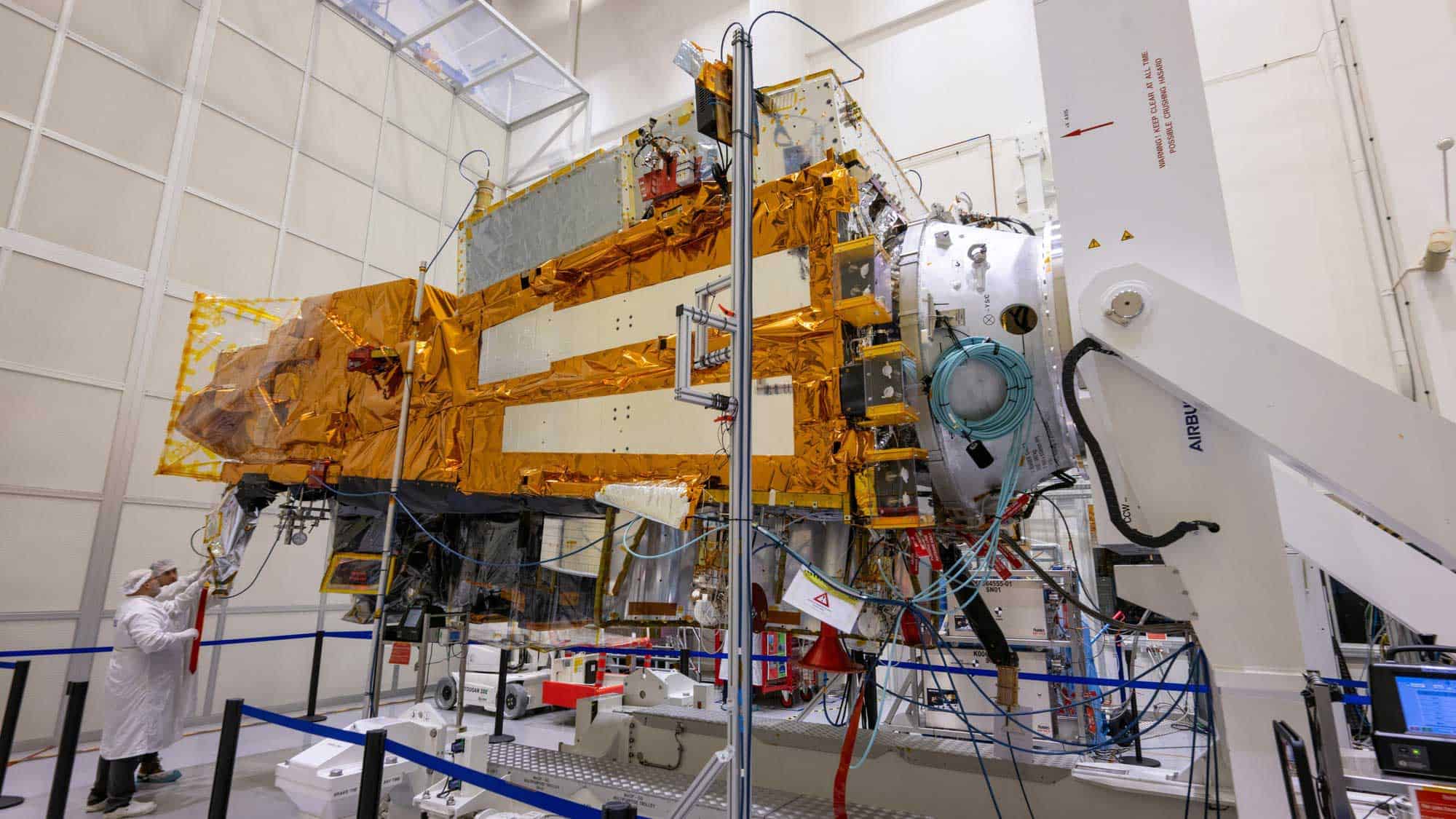 METimage: Cutting-edge technology for precise weather forecasting in space (METimage: Cutting-edge technology for precise weather forecasting in space)
METimage: Cutting-edge technology for precise weather forecasting in space (METimage: Cutting-edge technology for precise weather forecasting in space)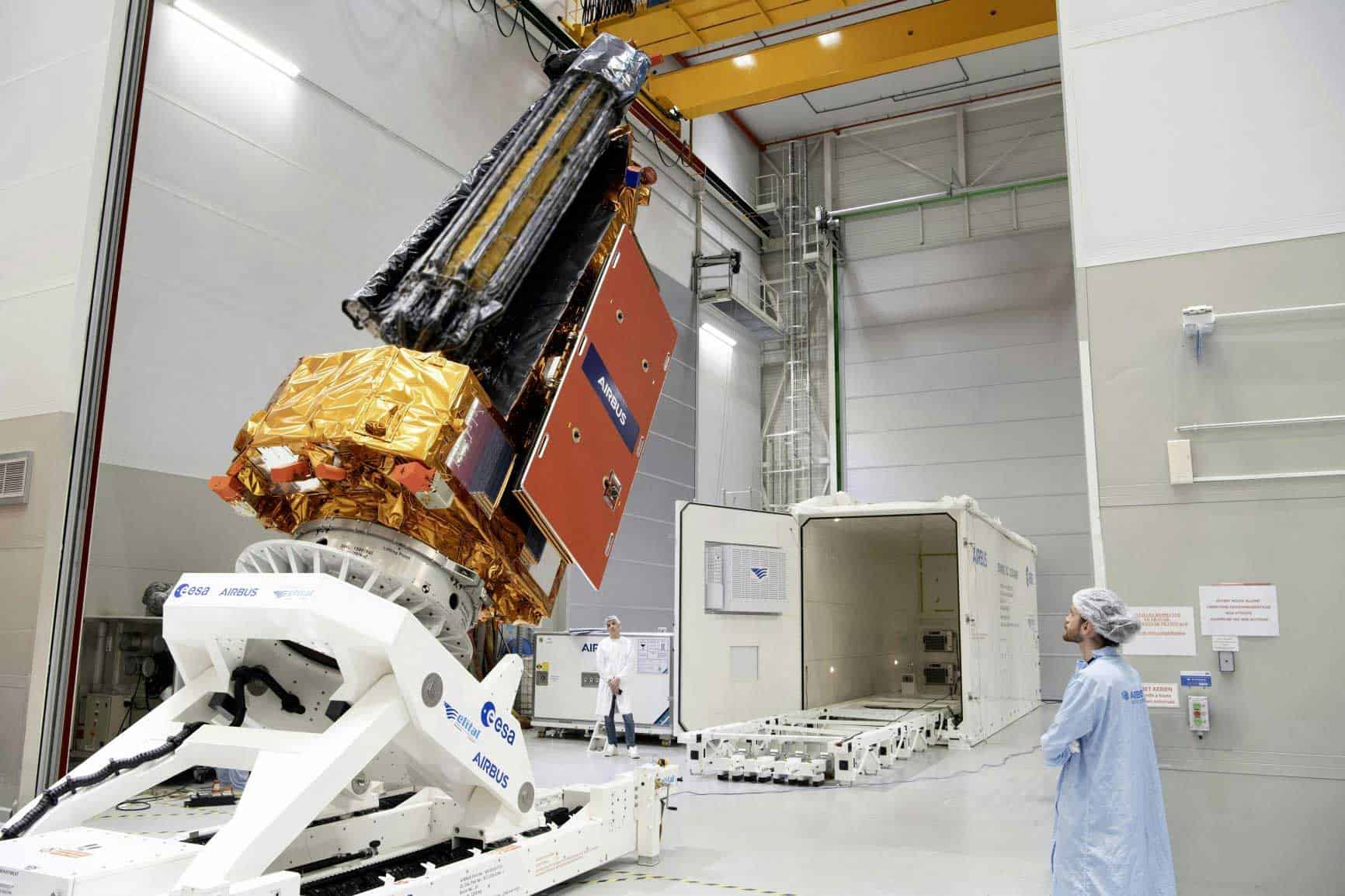 ESA’s Airbus Biomass satellite travels to Kourou (ESA’s Airbus Biomass satellite travels to Kourou)
ESA’s Airbus Biomass satellite travels to Kourou (ESA’s Airbus Biomass satellite travels to Kourou)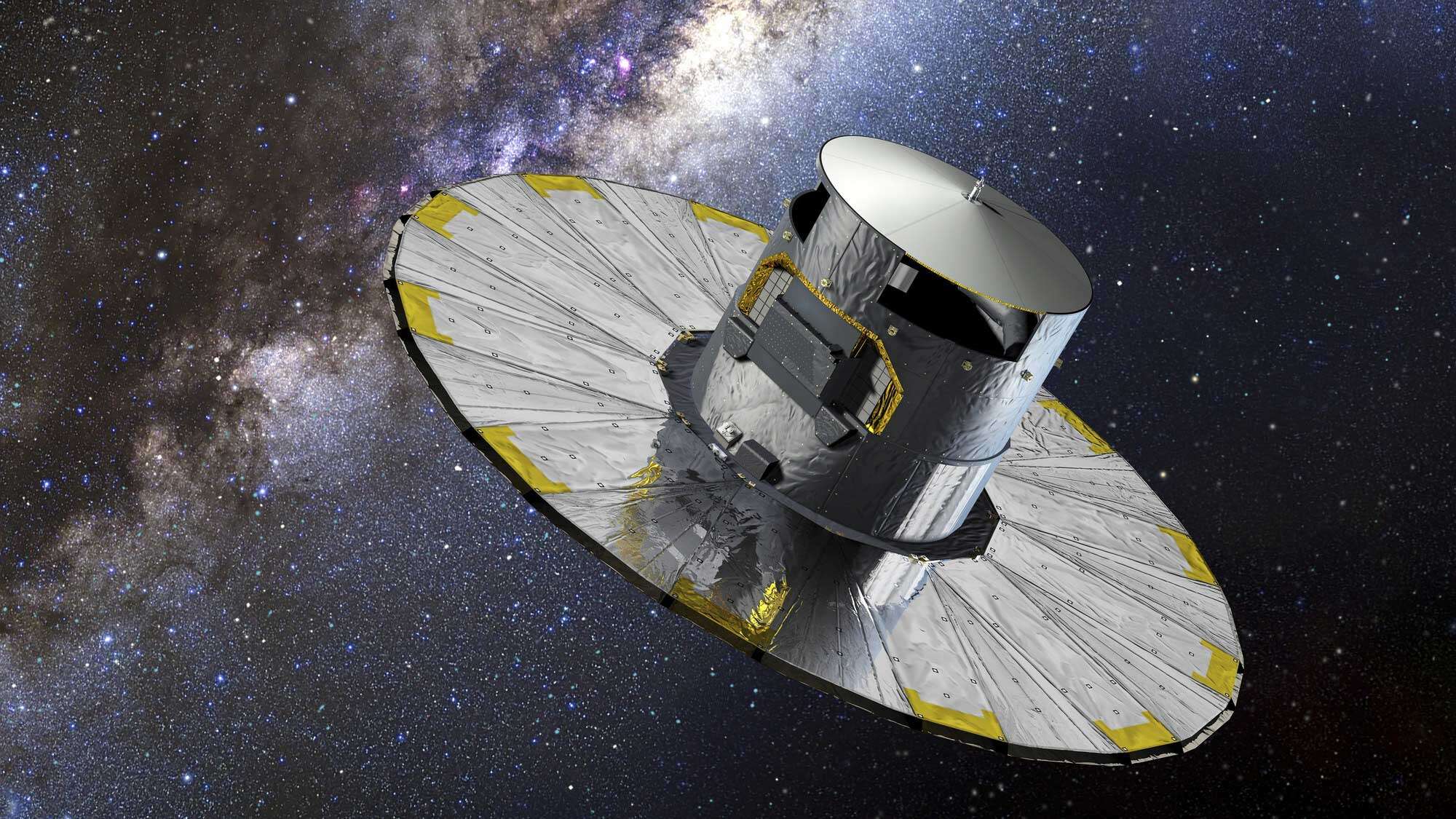 ESA satellite Gaia reaches its final mission (ESA satellite Gaia reaches its final mission)
ESA satellite Gaia reaches its final mission (ESA satellite Gaia reaches its final mission) Embraer offers Gogo Galileo HDX for Phenom 300 customers (Embraer offers Gogo Galileo HDX for Phenom 300 customers)
Embraer offers Gogo Galileo HDX for Phenom 300 customers (Embraer offers Gogo Galileo HDX for Phenom 300 customers)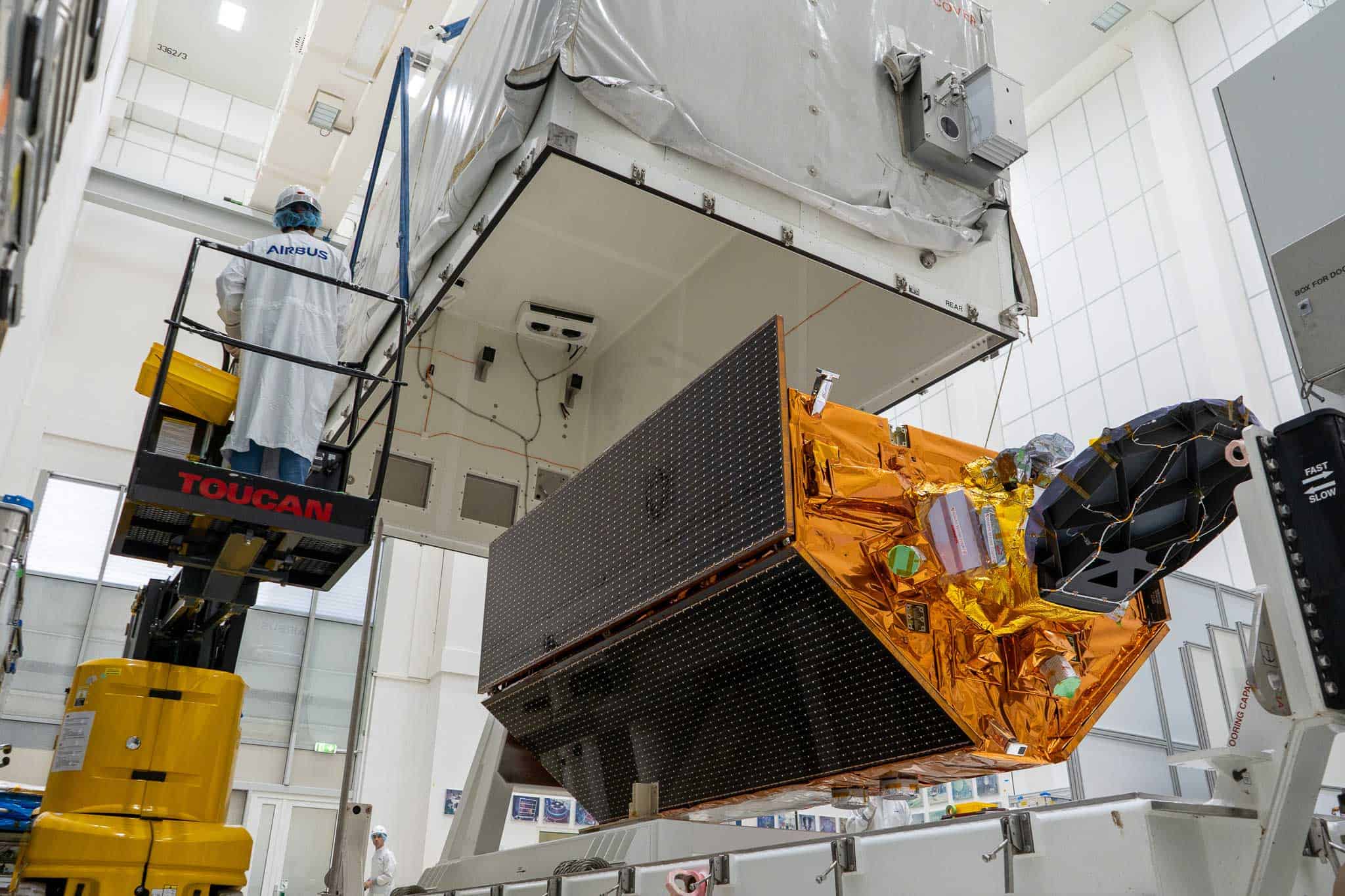 Copernicus Sentinel-6: New satellite monitors sea level rise (Copernicus Sentinel-6: New satellite monitors sea level rise)
Copernicus Sentinel-6: New satellite monitors sea level rise (Copernicus Sentinel-6: New satellite monitors sea level rise)